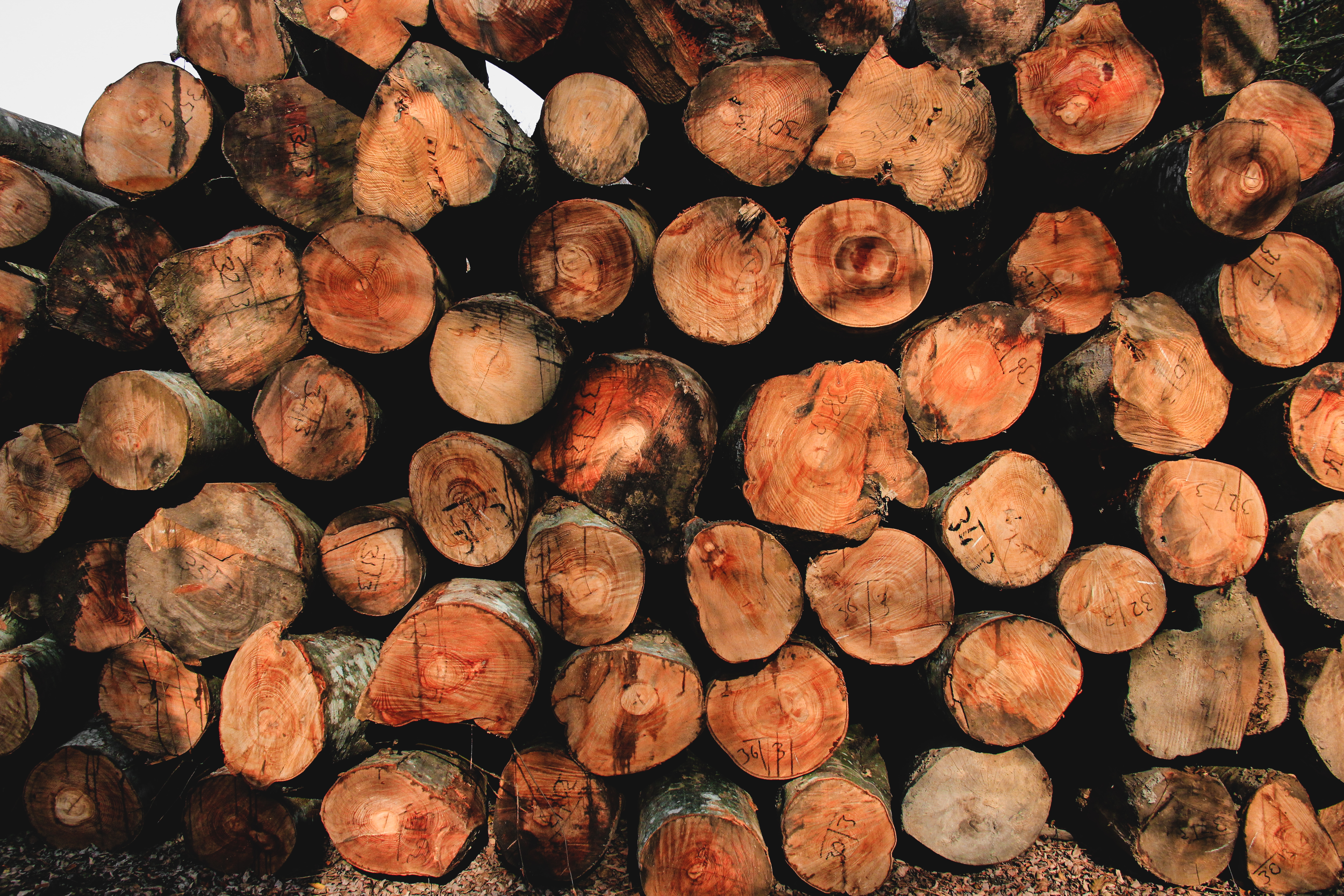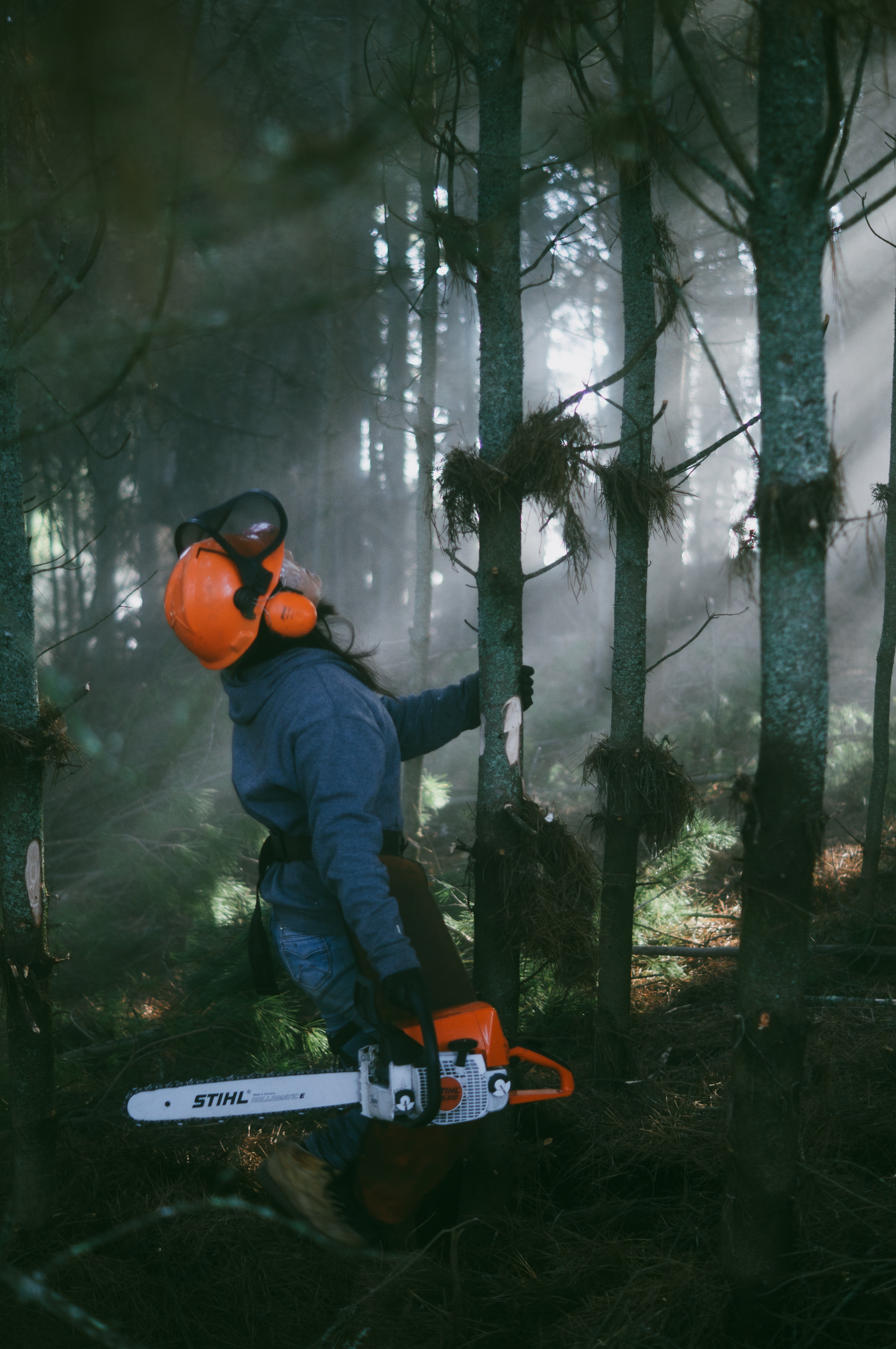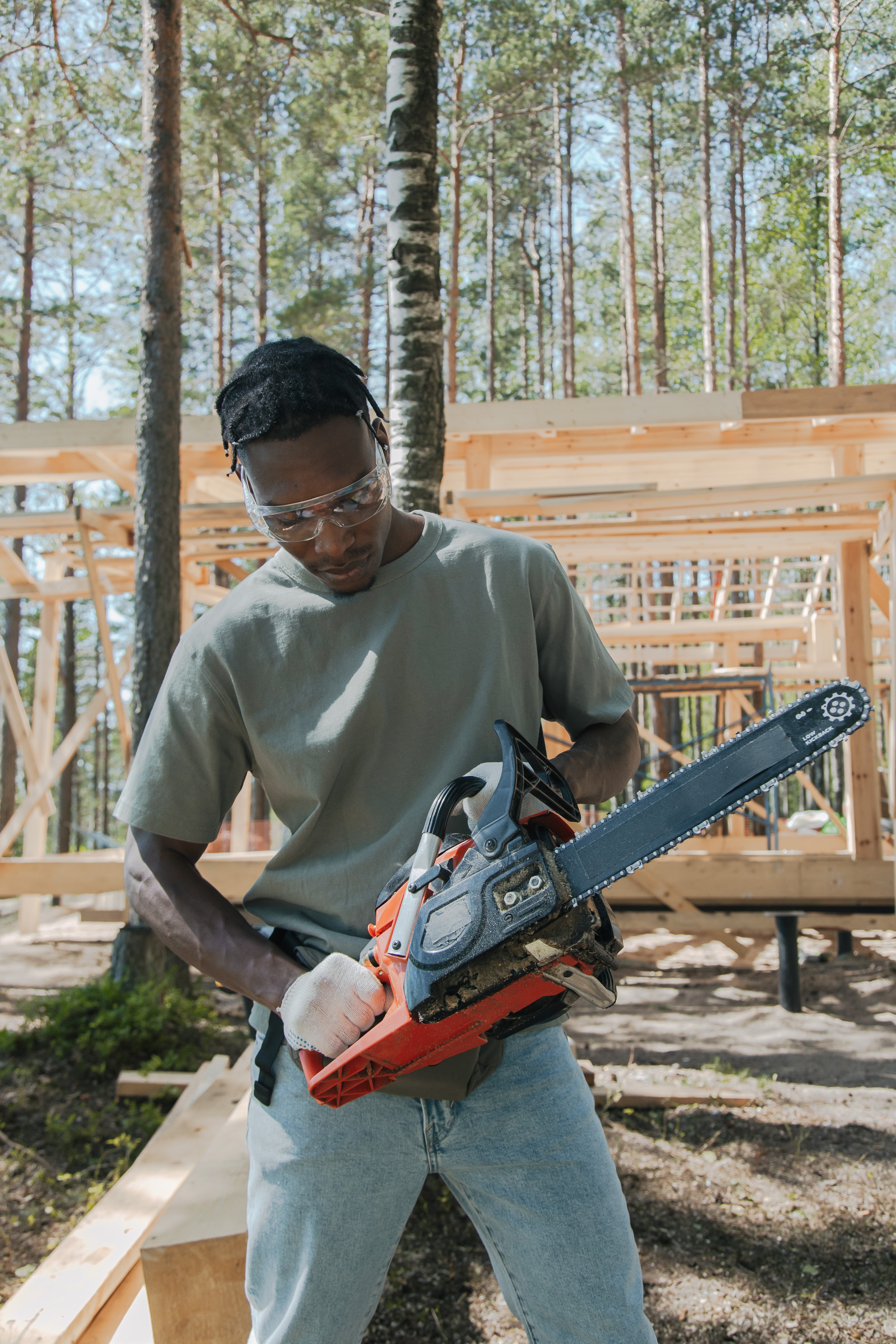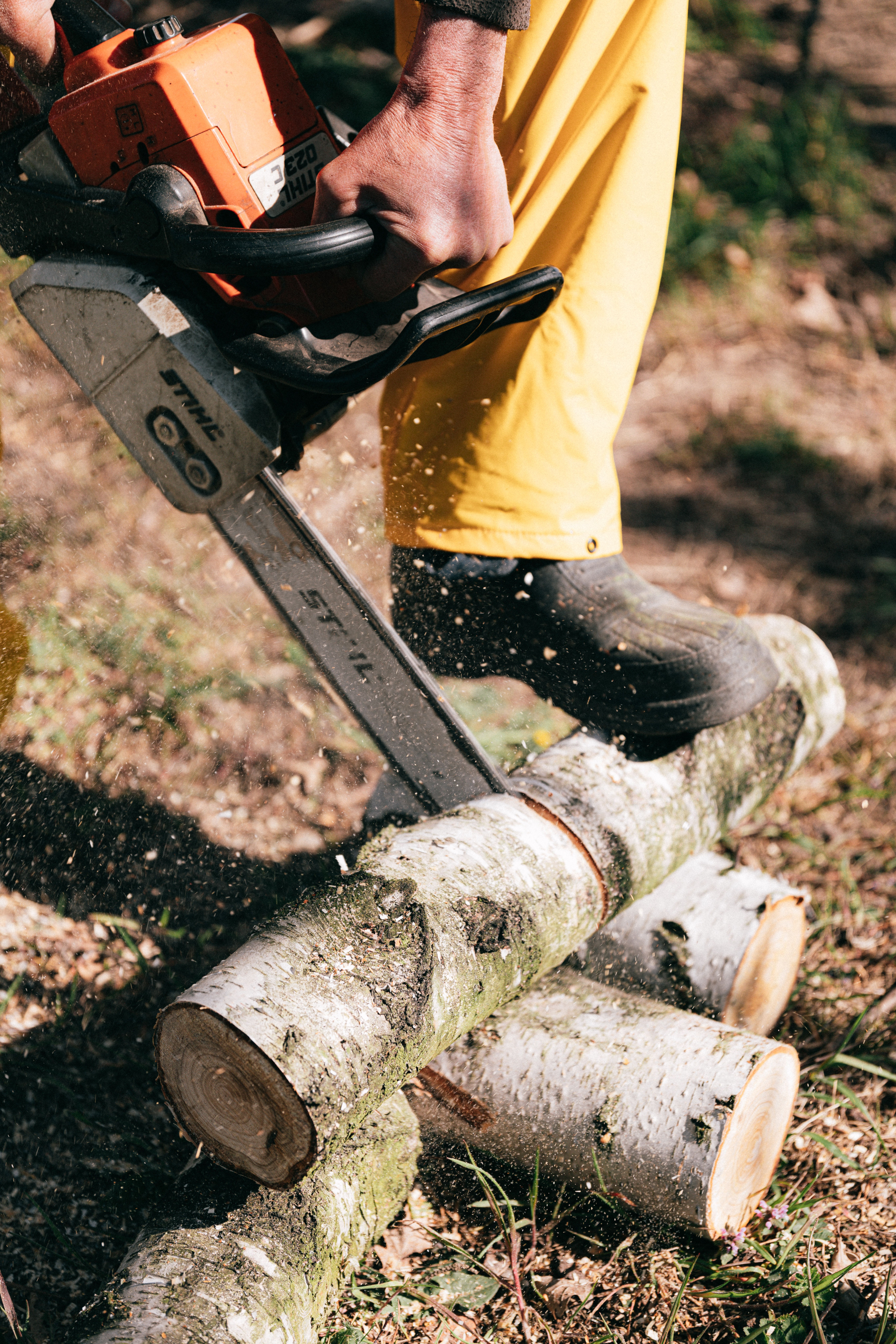Numerous people may relate to the hum of a chainsaw since it is so common and resonant. These powerful tools have effortlessly merged with efficiency and precision, revolutionising industries like forestry and construction. Have you ever considered the story that surrounds these incredible machines, though? Embark with us on an expedition through time, ingenuity, and humanity's steadfast yearning to simplify tasks and amplify productivity.

The Era of Manual Labor
Long before chainsaws took center stage, the process of shaping wood was a labor-intensive ordeal. Axes, hand saws, and unwieldy crosscut saws were the go-to tools, requiring not just skill, but brute strength. The work was slow, strenuous, and often risky. As urbanization and industrialization surged during the Industrial Revolution, the need for more efficient wood processing methods became glaringly evident.

A Spark Ignites Change
The Industrial Revolution spurred innovation in seemingly commonplace tools as well as steam engines and factories. Wood was becoming more and more in demand for manufacture, fuel, and construction. Despite their historical roots, traditional manual processes were unable to meet the growing demand. The chainsaw was developed as a result of the spark of innovation that this demand for efficiency kindled.

Visionaries and the Birth of Chainsaws
In the early 19th century, Bernard Heine, a German orthopedist, left his mark on the chainsaw's history. Heine's creation wasn't initially meant for wood; his "osteotome" was designed for medical procedures. It featured a chain with serrated teeth moving around a guiding blade—a concept that would eventually find its place in wood processing. Samuel J. Bens furthered the idea with his "endless chain" design, incorporating cutting teeth. Although still a far cry from the modern chainsaw, Ben's work planted the seed for automated wood cutting.
Enter Charles Stihl, a German engineer whose contributions brought the chainsaw closer to what we recognize today. In the early 20th century, Stihl introduced the "Fulton" chainsaw—an innovation that marked a significant leap forward. Because of its design, only one person needed to operate the chainsaw instead of two.
The Evolution Takes Shape
As materials, mechanics, and technology improved, chainsaws also did so, resulting in devices that were lighter and simpler to use. Chainsaws now have greater adaptability and utility because of these advances. Unexpectedly, the course of World War II influenced the development of chainsaws. Military personnel's wartime experiences made evident how crucial it is to remove barriers and make clear paths. Due to the usefulness of chainsaws being demonstrated in a variety of other disciplines, they began to find use in industries other than forestry and construction.

Navigating Safety and the Environment
But challenges come along with power. The original models had no safety features, which put operators at risk. Chainsaw use has become safer and easier to use as a result of safety measures that were added throughout time to prevent accidents.
There were also environmental issues with chainsaws. Concerns about deforestation and its effects on the environment were sparked by their effectiveness in cutting down trees. To encourage sustainable forestry methods and reduce chainsaw use's negative effects on the environment, regulations were developed.

Chainsaws Today: A Tale of Adaptation
Chainsaws of the present day are vastly improved over those of the past. To meet several sectors, each with varied needs, they have altered their business strategy. Chainsaws have shown to be useful equipment for a number of jobs, from challenging work to precise cutting.
Thanks to advancements in technology, chainsaw evolution has accelerated. Because they operate with less noise and emissions pollution, electric chainsaws have become more and more popular. Models with batteries provide portability without the limitations of cords. Fuel-injected chainsaws, meanwhile, maximise power and fuel economy.

Imprinting Culture and Artistry
Chainsaws have developed past their purely practical utility and now serve as cultural icons. In movies, the characteristic sound of a chainsaw motor has been used to convey tension and danger. Chainsaws have an unfavourable reputation for instilling dread, which has contributed to their cultural standing.
Chainsaws have taken the front stage in competitions and artistic activities away from the screen. Using a chainsaw, amazing sculptures created from wood blocks have been cut, displaying an uncommon fusion of originality and skill. These occasions honor the tool's adaptability as well as the unexpected artistic potential that exists inside its mechanical framework.

Paving the Path Forward: Innovation and Sustainability
Manufacturers of chainsaws are actively embracing this shift as the world progresses in the direction of sustainability. Modern emissions control technologies and ecologically friendly materials are being integrated straight into their designs in order to link these potent tools with a cleaner future.
But innovation keeps happening in a remarkable range of ways. Thanks to cutting-edge developments like sensors and digital interfaces, the chainsaw technology environment is changing quickly. The world of chainsaws needs to be redefined in light of these astonishing advancements. Their goal is to fundamentally alter how we interact with chainsaws by improving accuracy, boosting security, and raising overall productivity.

Embracing the Legacy of Chainsaws
Following the development of chainsaws from their labor-intensive past to their technologically superior present reveals a story of human creativity, tenacity, and the unwavering pursuit of advancement. The invention of chainsaws is an example of how humans may adapt and innovate to solve new issues. What originally began as a response to the inefficiencies of manual wood processing has evolved into an illustration of our ability to change the environment.
Consider the next instance you catch the unmistakable growl of a chainsaw. Let your thoughts drift towards the rich history it encapsulates a narrative woven with the threads of ingenious inventors and forward-thinking dreamers. This tool not only holds its status as a mere implement but has also deeply ingrained itself within the fabric of contemporary society. Chainsaws beautifully exemplify the profound notion that even the everyday objects we often overlook wield the remarkable power to instigate substantial transformations.